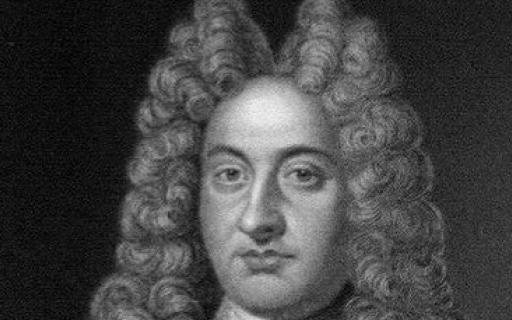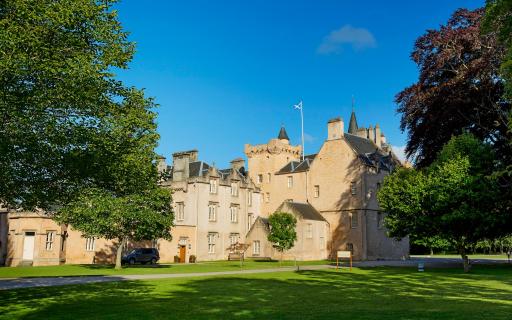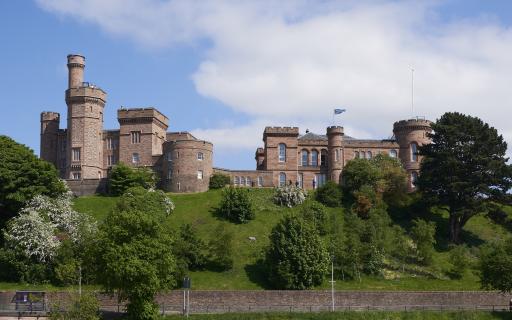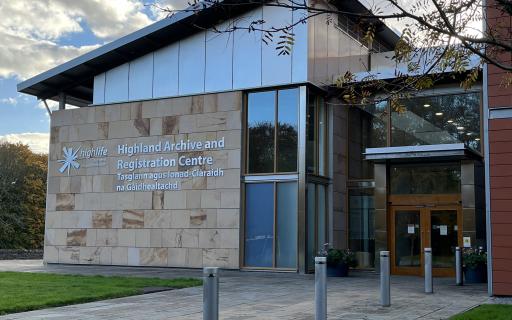
On the Trail of Highlands Literature
Explore the historic places which have been a source of literary inspiration in the South East Highlands
The rich history of the Highlands and Islands has often inspired creative minds to visit, learn and write. Shakespeare’s 'Scottish play' Macbeth allegedly drew origins from several castles and monuments within Moray and Nairnshire while Sir Walter Scott’s fascination with the Jacobite cause led to Rob Roy, and the continued interest generated by the Outlander series.
Join us in exploring these inspiring sites with a fascinating itinerary kindly curated by University of the Highlands and Islands BSc (Hons) Archaeology and Environmental Studies student Corey Anderson. Explore Pictish monoliths, medieval castles, and historic battlefields on your journey. This self-guided itinerary features contributions made to the Spirit: Stories archive which can be found here.
On your journey, be responsible and respectful of local communities and wildlife and follow the Scottish Outdoor Access Code.
 Sueno's Stone, Forres
Sueno's Stone, ForresImage provided by Historic Environment Scotland
Sueno’s Stone
Easy to miss when driving through the town of Forres on the A96, Sueno’s Stone is worth stopping for. This 21ft high Pictish monolith, from around the ninth or tenth century, is the tallest carved standing stone surviving in Scotland. Local legend suggests Sueno’s Stone is where Shakespeare’s Macbeth met three witches at a crossroads and that their souls are trapped within the stone.
Brodie Castle
Originally built in 1567, the ancestral home of the Brodie Clan is located outside Forres, off the A96. A small, signposted hill near to the castle is also said to have been “the Blasted Heath” where Macbeth first met the witches in Shakespeare’s play. Just beyond the entrance lies the Rodney Stone, a Pictish symbol stone with various fish monster carvings that was moved to Brodie Castle in the 1830s.
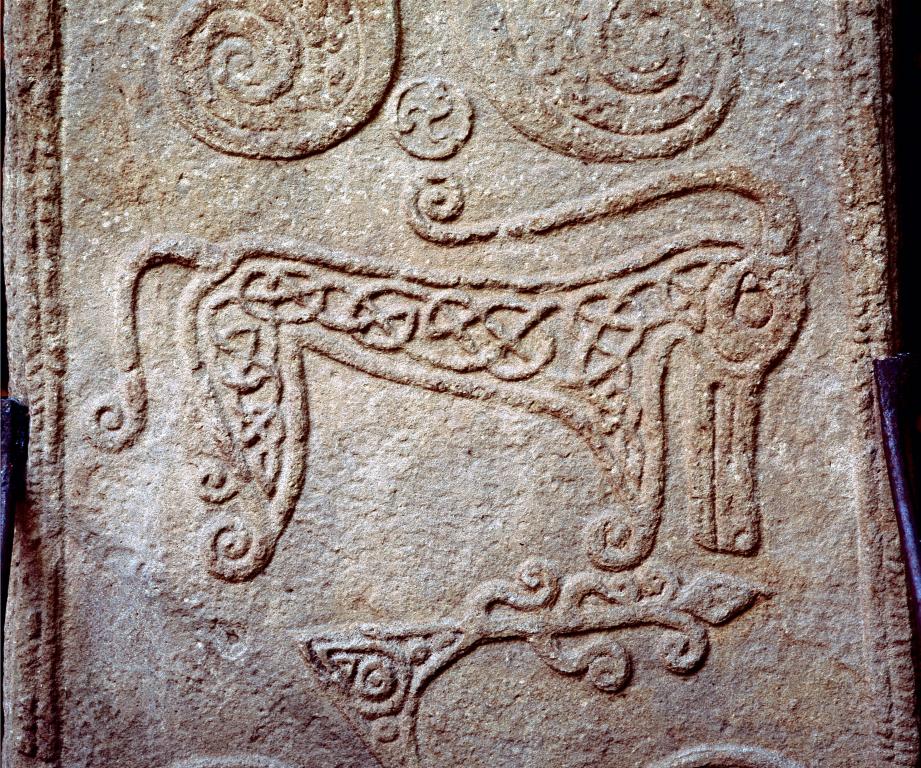 Brodie Castle, Moray
Brodie Castle, MorayImage provided by VisitScotland/Paul Tomkins
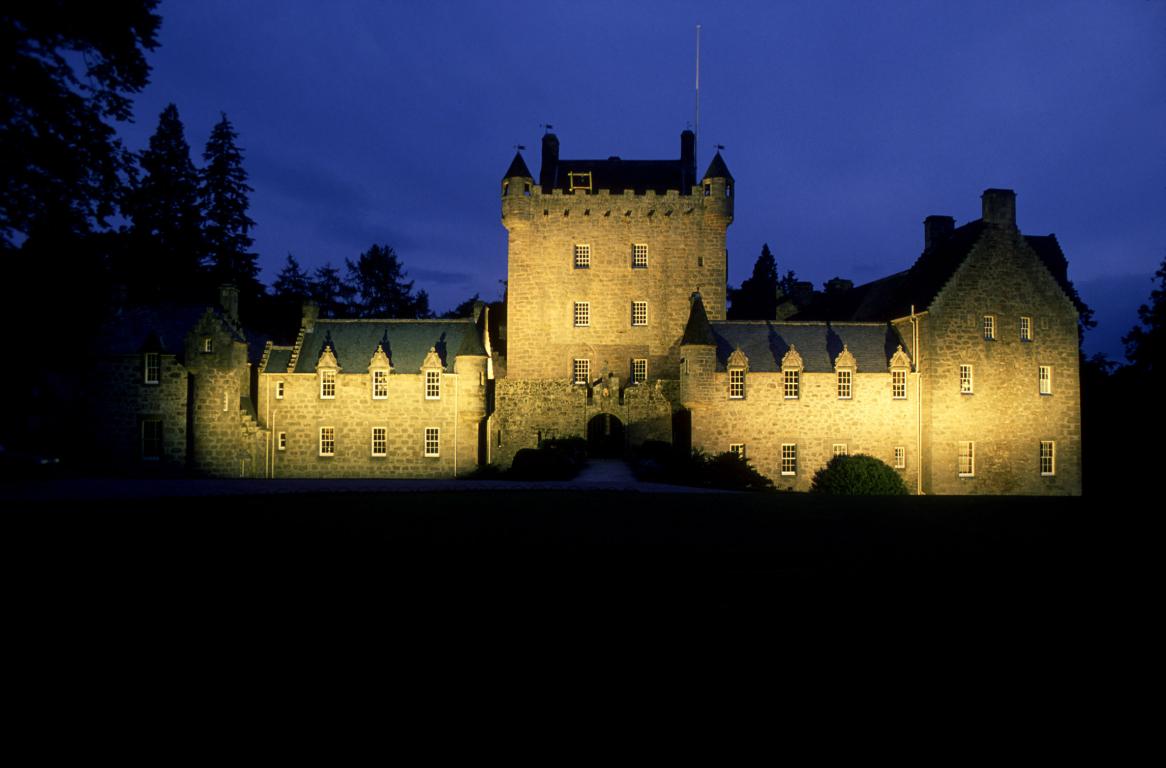 Cawdor Castle, Nairn
Cawdor Castle, NairnImage provided by VisitScotland/ Paul Tomkins
Cawdor Castle
After turning off the A96 at Auldearn, follow the B9101 to find Cawdor Castle, a late medieval tower house with another Shakespeare connection. A prophecy stated that Macbeth would become 'Thane of Cawdor' before becoming king, however Cawdor Castle would not be built for another 300 years after the events of 'the Scottish play' and Macbeth died around 130 years before the title, Thane of Cawdor, was ever granted.
Kilravock Castle
Just 3 miles west from Cawdor is Kilravock Castle. Built in 1460, this estate would host Prince Charles Edward Stuart the night before the Battle of Culloden and later the Scottish poet, Robert Burns. It is also said that author Charles Dickens sent a bookcase here for the tower library.
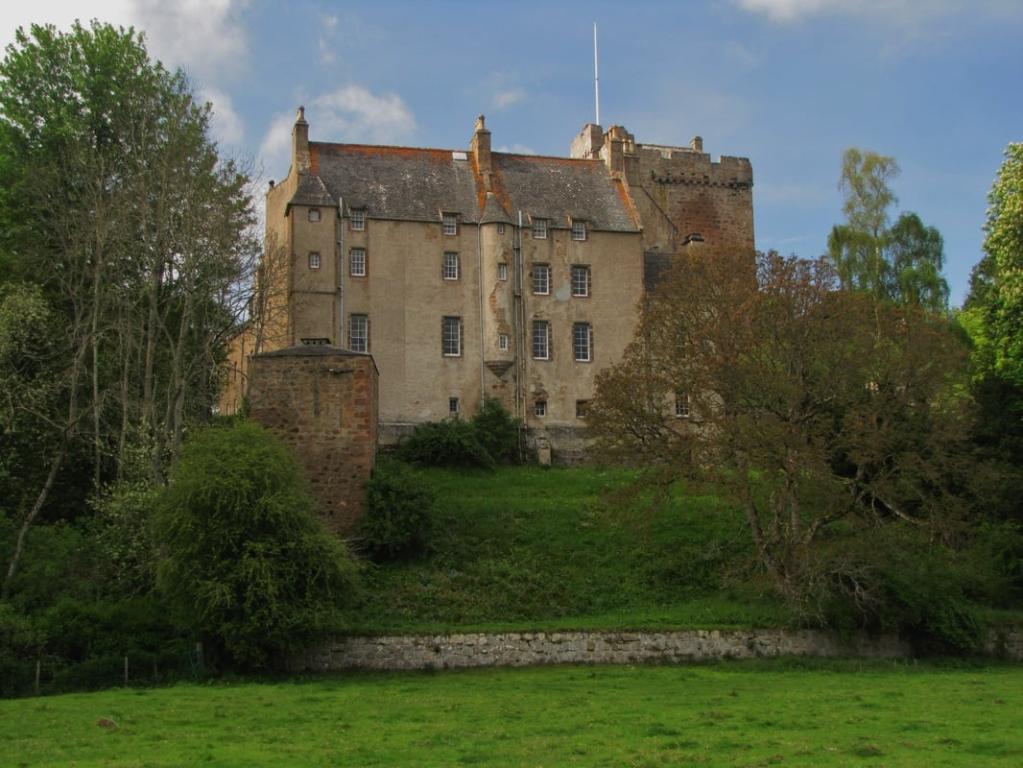 Kilravock Castle, Nairn
Kilravock Castle, NairnImage provided by Nairn Museum/ Melissa Davies
 Culloden Moor, Inverness
Culloden Moor, InvernessImage provided by Visit Scotland/Kenny Lam
Culloden Moor
A 12-minute drive west from Kilravock will take you to the famous Culloden Moor Battlefield and Visitor Centre. In 1746, Culloden was the site for the last pitched battle to be fought on British soil and the end of the Jacobite rebellion. It would later become a popularised setting for the Outlander book and television series.
Inverness Castle
Hard to miss in the city centre, the former home of Inverness Sheriff Court is to be developed into a world-class historic attraction for visitors and locals. In Shakespeare’s Macbeth, Inverness Castle is infamously where Macbeth murders King Duncan and usurps the throne.
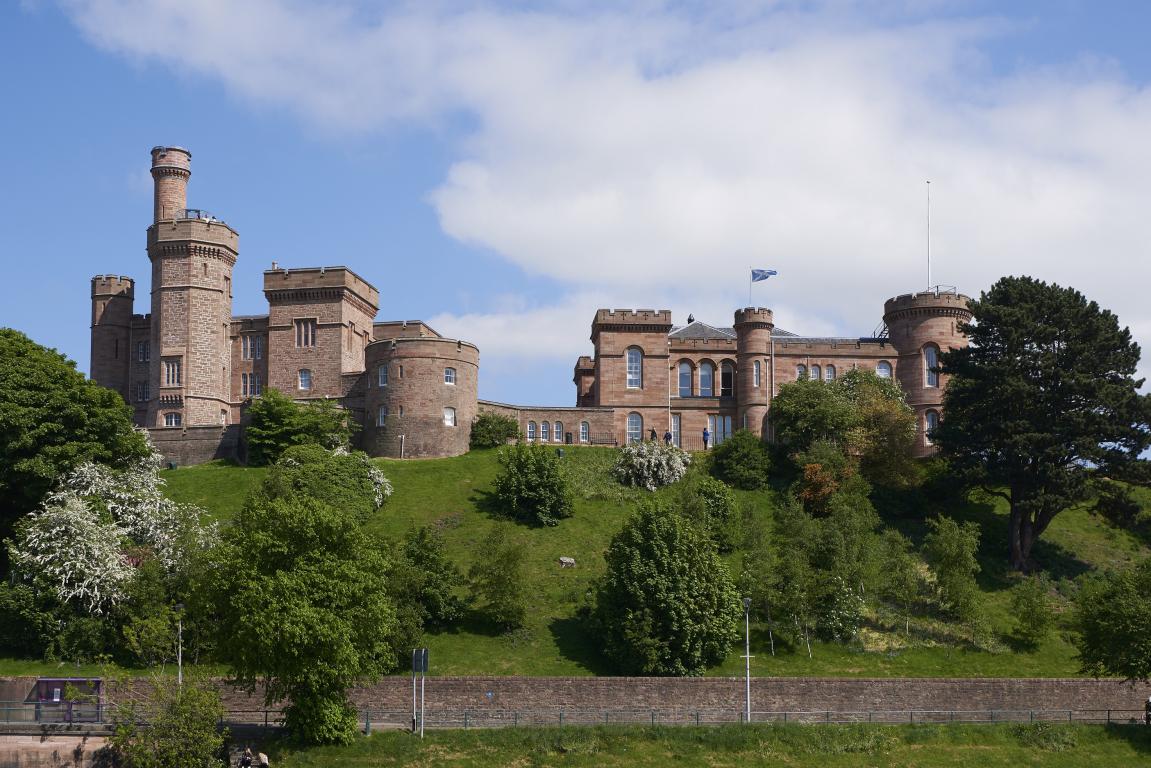 Inverness Castle, Inverness
Inverness Castle, InvernessImage provided by Ewen Weatherspoon
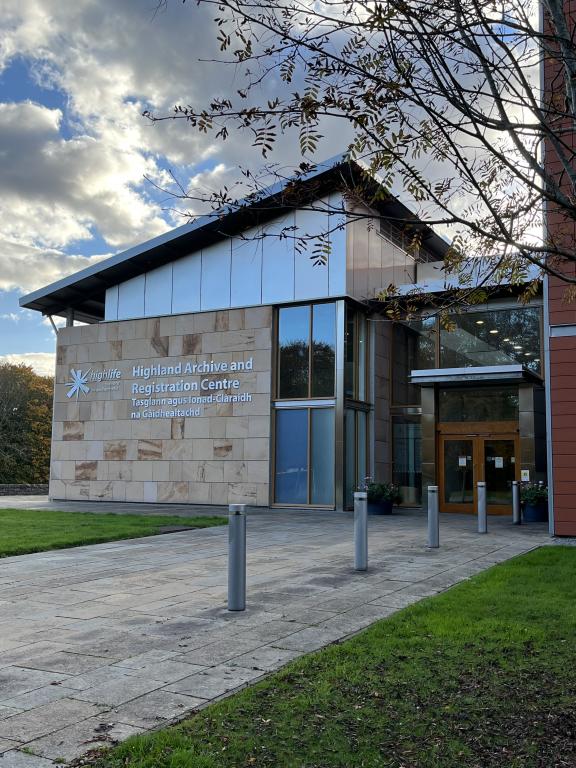 Highland Archive Centre, Inverness
Highland Archive Centre, InvernessImage provided by Spirit of the Highlands and Islands
Highland Archive Centre
Go across the River Ness and follow the river south down Bught Road to reach the Highland Archive Centre. Here you will find several Jacobite letters and manifestos that led to the rebellion and the inspiration for famous literature, such as Sir Walter Scott’s Rob Roy.
Glen Shiel
An hour drive out of town on the A87 will take you to the site of one of Scotland’s forgotten battles. In 1719, the Battle of Glen Shiel was a failed attempt by Jacobite and Spanish soldiers to defeat government forces and march on Inverness. Significantly, this would be the last contribution to the Jacobite Risings for Rob Roy McGregor, who would live on in the writings of Sir Walter Scott. More recently, the National Trust of Scotland have begun archaeological excavations on the battlefield site.
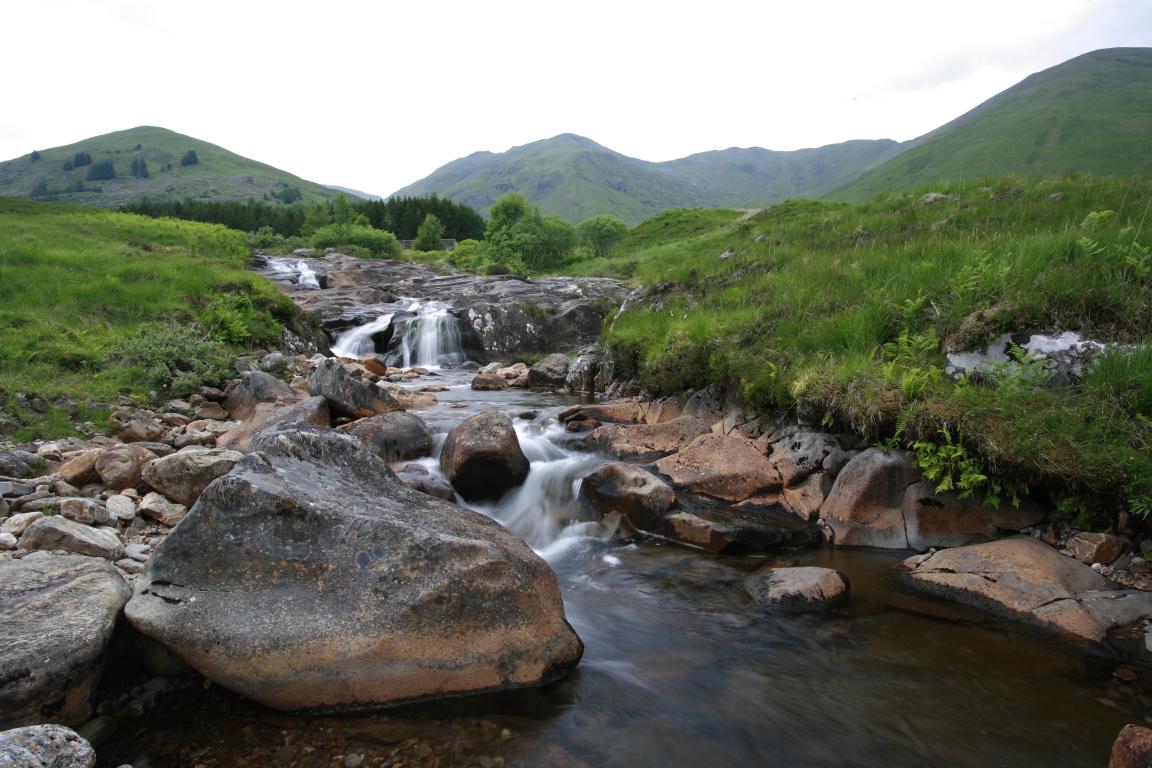 Glen Shiel, Lochaber
Glen Shiel, LochaberImage provided by VisitScotland/Paul Tomkins
Share this itinerary
| Transport | Driving |
| Duration | Several days |
Destinations on this Itinerary
Stories
The Mystery of Sueno's Stone
Just what is the reason for the carving of Sueno's Stone? Ponder on the theories behind the stone with this story and its curious links to Shakespeare's Macbeth.

Kilravock Castle
Founded by the Roses of Kilravock, learn about the impressive Kilravock Castle and the inspiring Baroness Elizabeth Rose (1747-1815).
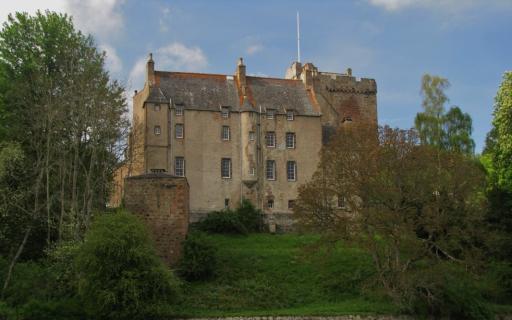
Cawdor Castle, Macbeth and a Ghost
Once home to the Thanes of Cawdor, explore the history of this iconic Nairnshire castle and the ghosts said to haunt its grounds.
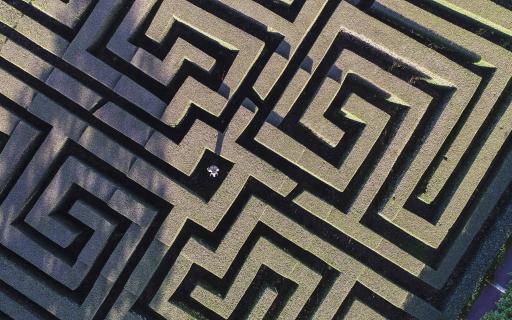
The Words which Led the Jacobite Rebellion in 1715
Explore the history of a small book which had major implications for the history of the Highlands and Islands...
